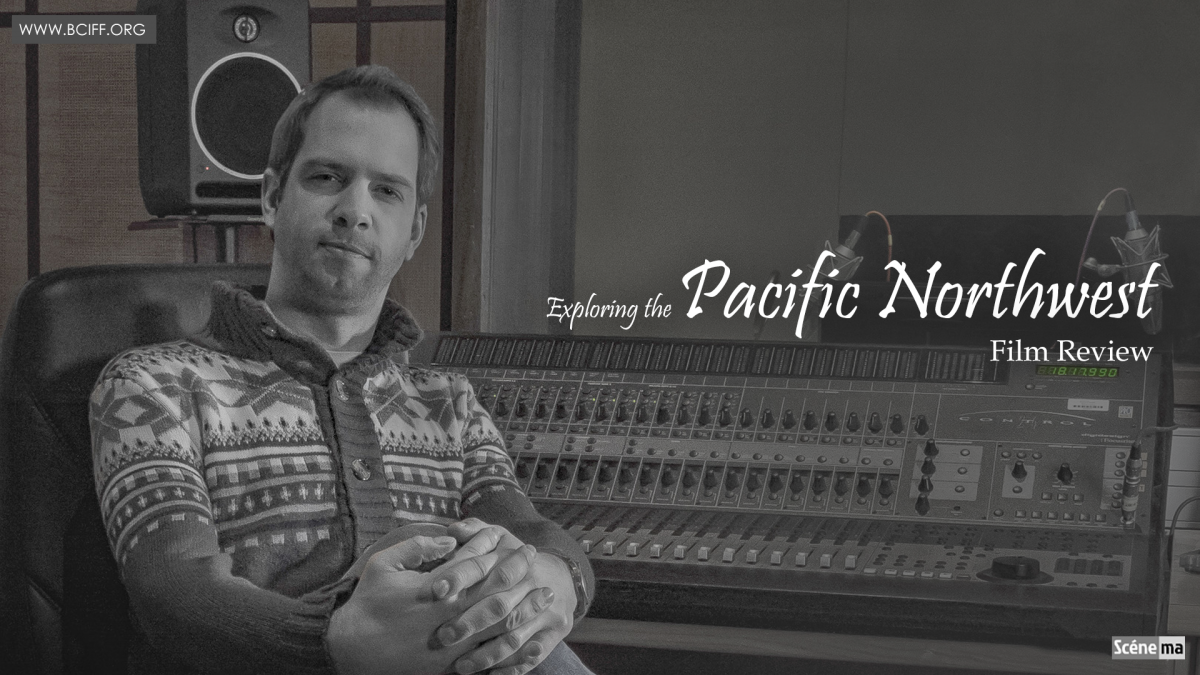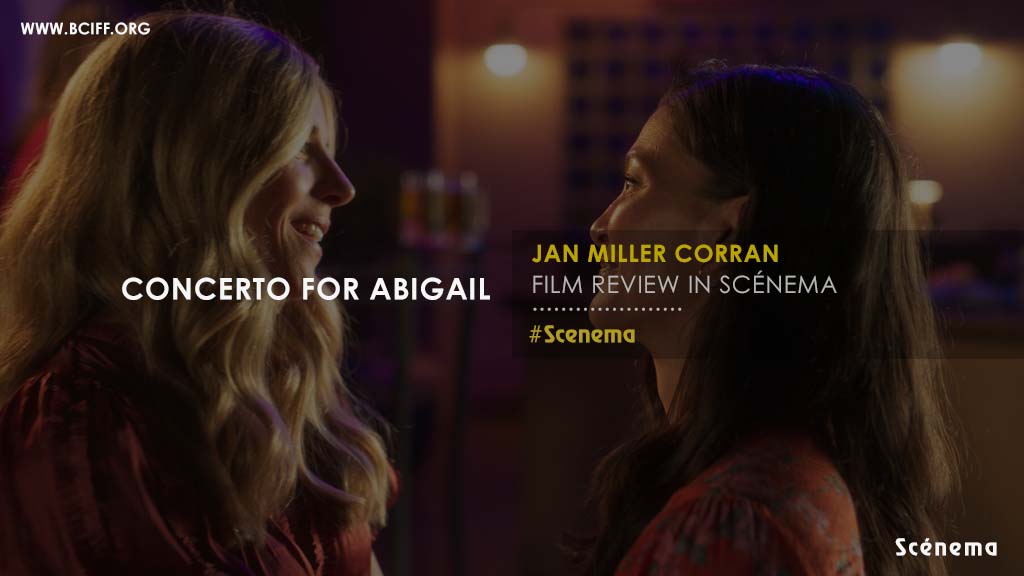Filmmaker Ian Nelson, from California, who is heavily inspired by wildlife and environmental exploration, has given the world a documentary like Exploring the Pacific Northwest, which has already bagged worldwide applause on a large scale. The zeal of exploring nature and observing wildlife has made him discover the beauties and mysteries of northwest America stretching from northern California to central Alaska via British Columbia. It’s typically a feature length documentary that reveals the natural landscapes of the northwest pacific region through beautiful frames of Mr. Nelson’s lens. Nonetheless this documentary would have been incomplete without the ecstatic background scores of Jonathan Galland. The mixture of sharp electronic tones and the wildlife ambience sound made it a perfect piece of art.
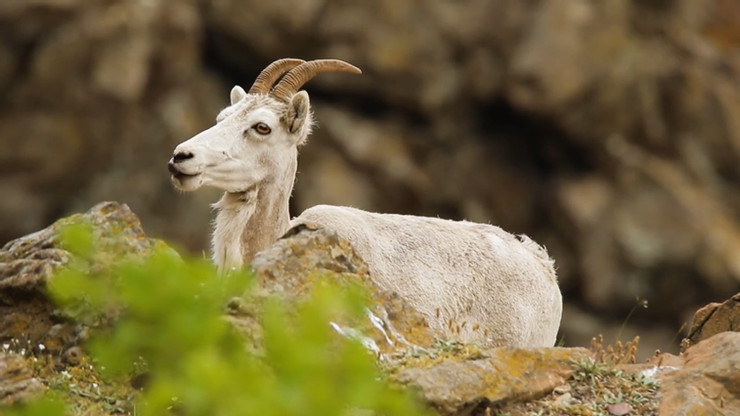
Precise drum beats are provided with perfect sync of birds fluttering and pecking the woods. The music selection of this documentary satisfies the ears of its audience with the exact serenity that the visual intends to produce. The documentary keeps on progressing from one province to another showing the beauty and hidden stories of wildlife while also making continuous caution about the protection of the environment keeping the flow active with lively soundtracks.
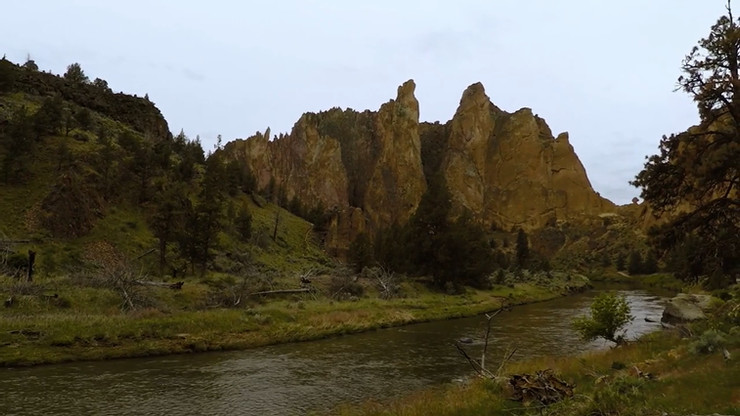
Classic instruments like Cello, Violin, Piano and Flute have been used to create magical yet natural sounds that served the purpose of the documentary with some extra cream. It is not an average nature documentary but is a concrete (add : artistic) amalgamation of nature, inhabitants and environment. The voice tone of the narrator along with perfect editing technique with super night sky time – lapse clips has made the documentary even more attractive and sensational to nature lovers. From volcanic mountains to glacier range, the director has delivered mesmerizing camera works revealing the sublime beauty of nature. .
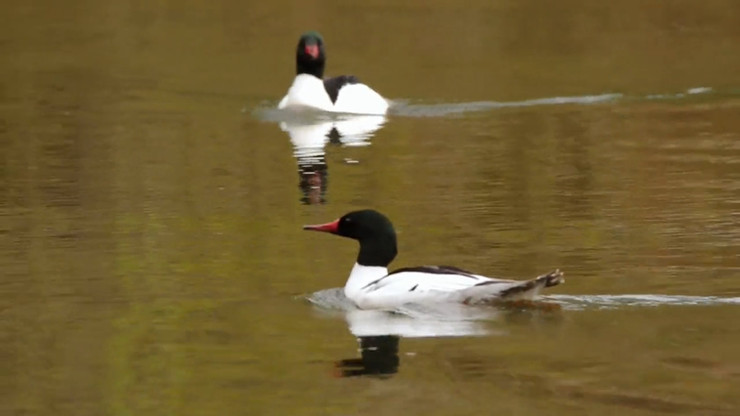 The hollow soundtracks almost make the audience feel the hilly visuals. To give the documentary some geographical analysis and to dig it in details, the director has explored the regions of – Oregon (Coastal Mountain Range & Estern Basin), Washington (Cascade Mountain Range & Puget sound and Olympic Peninsula), British Columbia (Northern Rockies & Vancouver Island), Alaska (Southwest Islands & Pacific Coastal Mountain Range).
The hollow soundtracks almost make the audience feel the hilly visuals. To give the documentary some geographical analysis and to dig it in details, the director has explored the regions of – Oregon (Coastal Mountain Range & Estern Basin), Washington (Cascade Mountain Range & Puget sound and Olympic Peninsula), British Columbia (Northern Rockies & Vancouver Island), Alaska (Southwest Islands & Pacific Coastal Mountain Range).
The beauty of the coastal mountain range of Oregon and how its natural stability is maintained by the Redwood trees and migrating birds is beautifully portrayed by some outstanding frames. The calm volcanic eruption and the fountains between the ranges with its ambience sound may send shivers down the spine sometimes. Moving forward to the Cascade mountain range of California, a close view of patent territorial Banana slugs and Mount Mazama’s volcanic eruption has been framed following the Mackenzie river and Sahalie falls. Later, crossing the frontiers of the United States, the youthful Columbia river remains in its perennial flow delivering the sound of the liveliest river it seems.
To shed light on the wildlife part, the director has excellently shot species like Green winged teal, Pileated Woodpecker, who are considered to be the indegenous of the province of Olympic peninsula (Washington). The visuals from cascade mountain range of Washington have revealed its collection of a variety of fungus species sprouting typically in clusters. The North American Porcupine community is also covered in a very creative way, revealing their true natures of hunting.
In the last part, moving to Alaska, the director again enters the United States to show his audience the beauty of Tongass National Forest (which is typically a temperate rainforest), Mendenhall glaciers and of course the silent beauty of Juneau icefield.
The director, being an eco – conscious person, has made a solid promotion of global environmental awareness through the last part of the narration in the closing scene.

